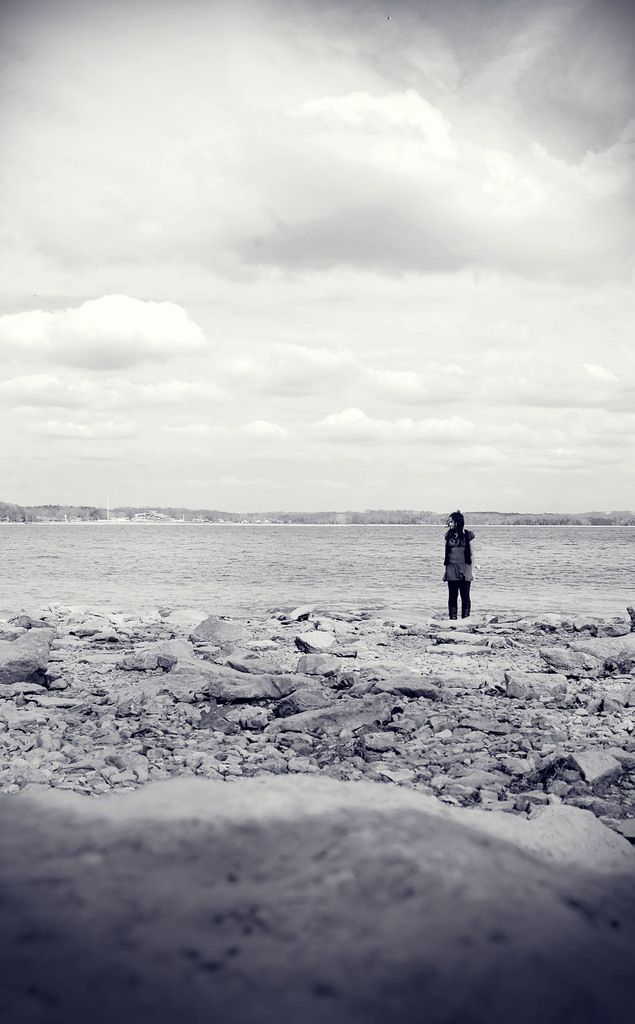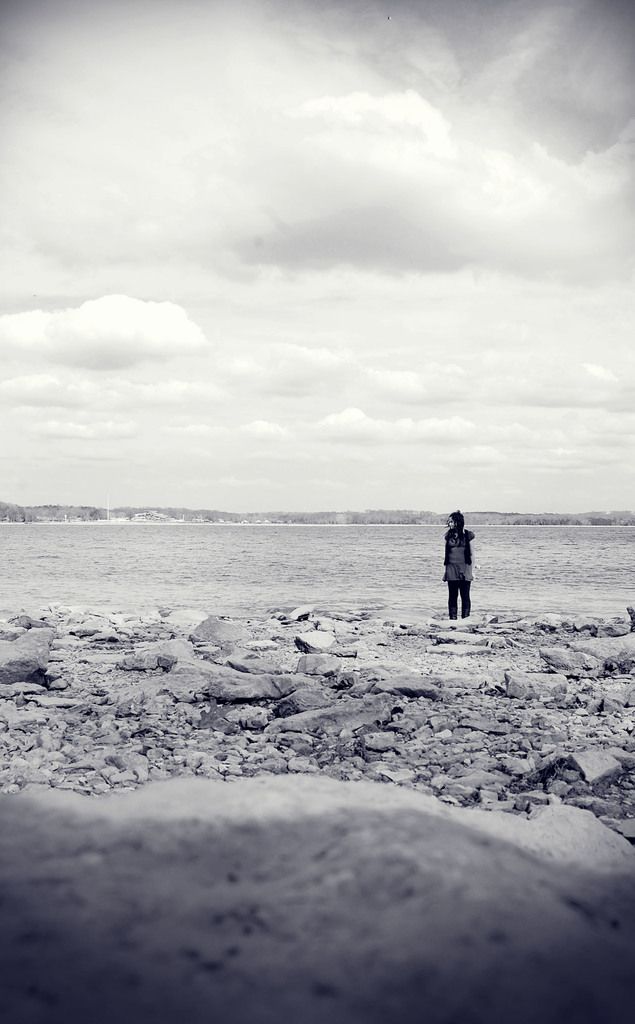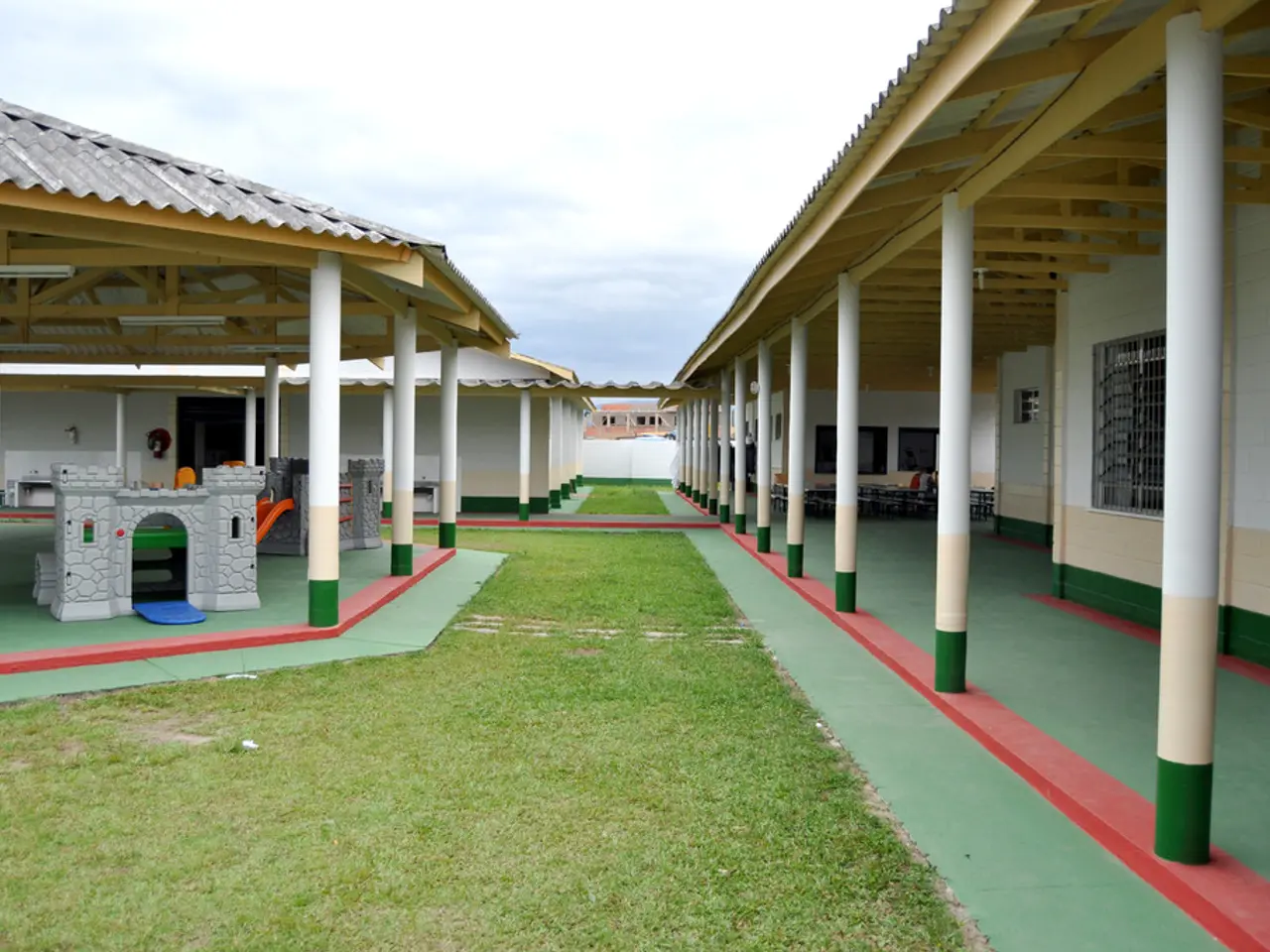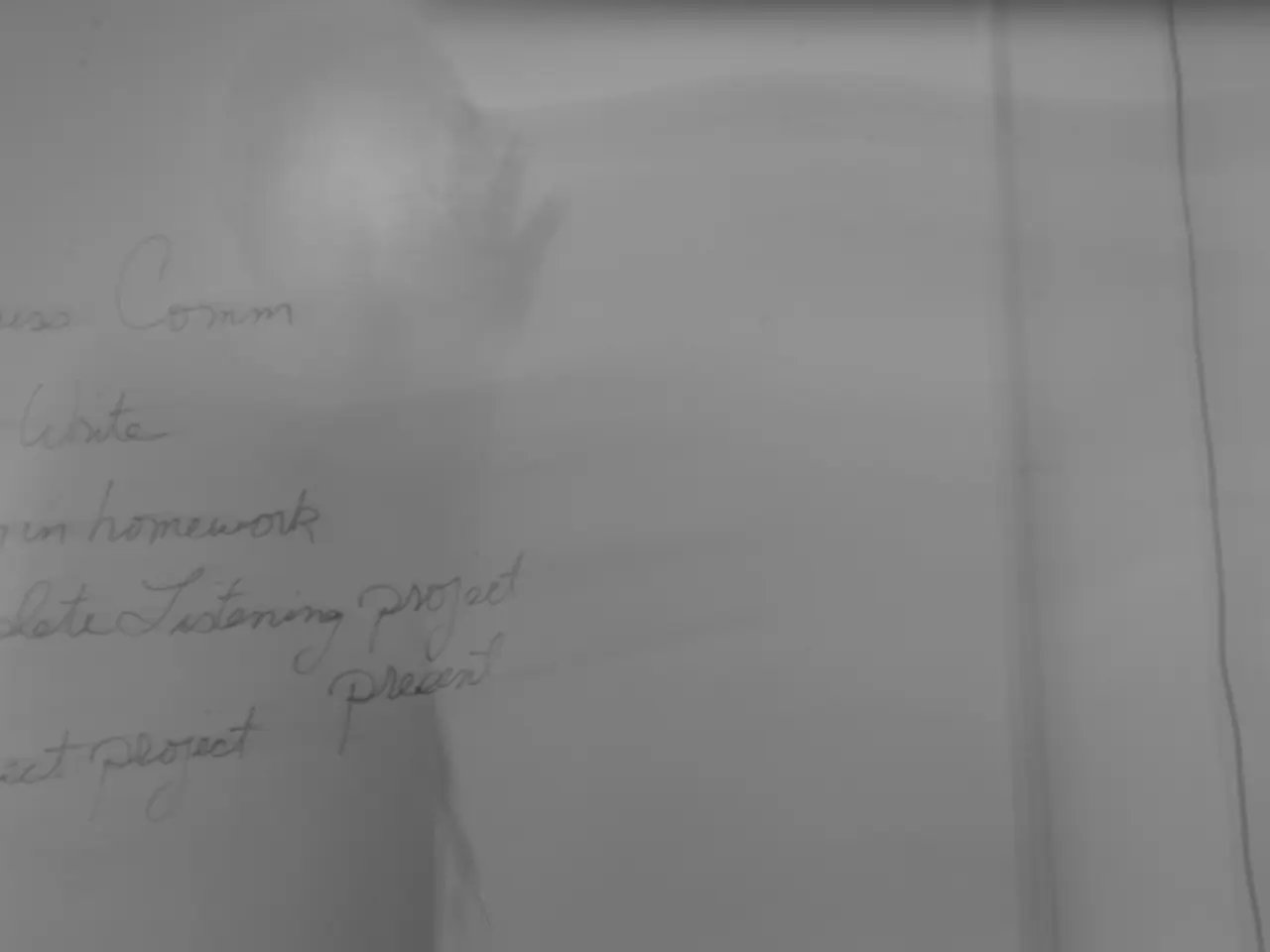Struggles in nuclear pursuits: factors hindering Estonia and Latvia from acquiring nuclear power plants
Estonia and Latvia's Ambitions to Construct Small-Capacity Nuclear Power Plants: Overcoming the Challenges Ahead
Both Estonia and Latvia have recently initiated moves towards planning small-capacity nuclear power plants within their territories, aiming to bolster energy security while maintaining affordable electricity prices.
In Estonia, the government has instigated the process of creating a national plan and strategic environmental assessment, essential for a 600 MW nuclear power plant and its accompanying infrastructure. This move comes as a rekindled attempt by the Baltic nation, which has previously voiced plans for mini-nuclear facilities.
Meanwhile, Latvia has shown a keen interest in collaborating with Estonia, having considered legislation that would regulate the production of nuclear energy and the construction of nuclear power plants, following a report submitted by the Ministry of Climate and Energy.
However, the question remains: Can the Baltic republics successfully execute these mini-nuclear power plant projects, given the prevailing circumstances in the region?
15 years following Lithuania's shutdown of the Ignalina Nuclear Power Plant, inherited from the former Soviet Union, Estonia is making progress towards potential nuclear expansion. Plans for a modest 600 MW plant, a far cry from the capacity of the shuttered plant's unit (4,800 MW), have brought applications from private companies like Fermi Energia. This company intends to assess suitable locations and environmental impact, as well as scrutinize potential economic consequences for local residents and the economy.
The designated area for the mini-nuclear power plant spans over 1,200 square kilometers in northeastern Estonia, encompassing the counties of Liaene-Virumaa and Ida-Virumaa, as well as the coastal region from Kunda Bay to Narva Bay. Fermi Energia has committed to covering all related costs, including the impact assessment and research.
As the Estonian Parliament has conceptually approved nuclear energy development, Latvia is lagging behind in its associated consultations. Discussions revolve around the possible storage sites for nuclear fuel waste and the construction sites for the proposed mini-nuclear power plants, with various possibilities such as the Baltic Sea seashore (Pavlosta, Pape, Ovishi) and Atsone in the Riga region under consideration.
The Challenges
Building a small-capacity nuclear power plant comes with several challenges:
- Capital Investment: Progress requires a significant financial commitment, which may prove challenging in securing funding for smaller power plants.
- Technological Requirements and Safety Measures: The construction and operation of nuclear plants necessitate advanced technology and stringent safety standards.
- Regulatory Compliance: EU regulations for nuclear power plants can impose hefty costs on developers, making it essential to ensure economic viability while maintaining compliance.
- Public Perception: Public acceptance and political backing is critical for the success of nuclear projects. Historical experiences and political sensitivities in the region could potentially sway public opinion.
The Feasibility
Potential opportunities include:
- Availability of Funds: The European Bank for Reconstruction and Development (EBRD) and other EU funds have expressed support for energy projects in the Baltic states, although their focus on renewables might affect the allocation of resources.
- Advancements in Technology: Small Modular Reactors (SMRs) and other innovative nuclear technologies may offer a feasible option for smaller countries due to their reduced size and potential lower costs.
- Regulatory Framework: EU regulations provide a clear framework for nuclear energy development. While compliance is crucial, the EU also supports projects that adhere to its standards.
- Strategic Considerations: For Estonia and Latvia, diversifying energy sources is essential for energy security. However, their recent focus on renewable energy and grid synchronization might temper immediate interest in expanding nuclear energy.
The Way Forward
The hurdles regarding funding, technological requirements, EU regulations, and public support are daunting yet surmountable. With the potential for EU support and advancements in nuclear technology, the realization of small-capacity nuclear power plants in Estonia and Latvia could be within reach in the future. The present focus on renewable energy and grid integration may continue to dominate the energy landscape, at least initially.
- The president of Estonia, in collaboration with private companies like Fermi Energia, is overseeing the creation of a strategic environmental assessment for a 600 MW nuclear power plant, aiming to bolster energy security and maintain affordable electricity prices, a critical factor in the broader context of the nation's finance and industry.
- While Estonia moves forward in its legislative process, Latvia is faced with the challenge of finding suitable locations for the potential storage of nuclear fuel waste and the construction of mini-nuclear power plants, emphasizing the important role of politics and regulation in the industry.
- As both Estonia and Latvia seek to develop small-capacity nuclear power plants, they must address the challenges related to capital investment, technological requirements and safety measures, regulatory compliance, and public perception, potentially utilizing opportunities such as the EU's support for renewable energy projects, advancements in small modular reactor technology, and the advent of a clear regulatory framework for nuclear energy.








